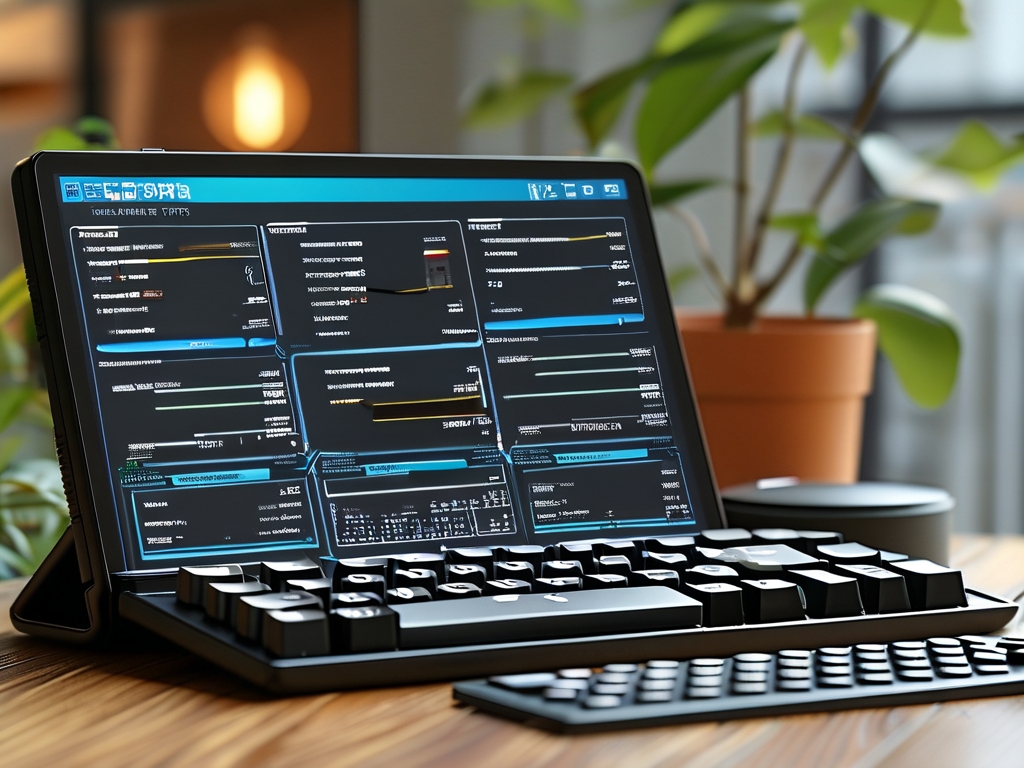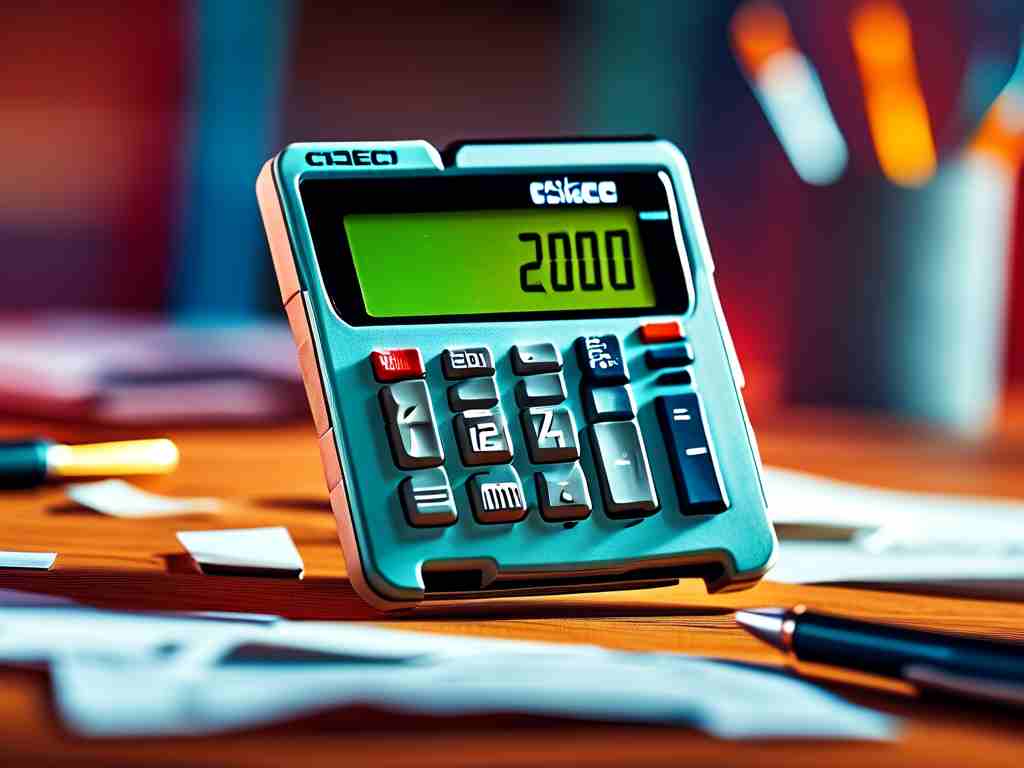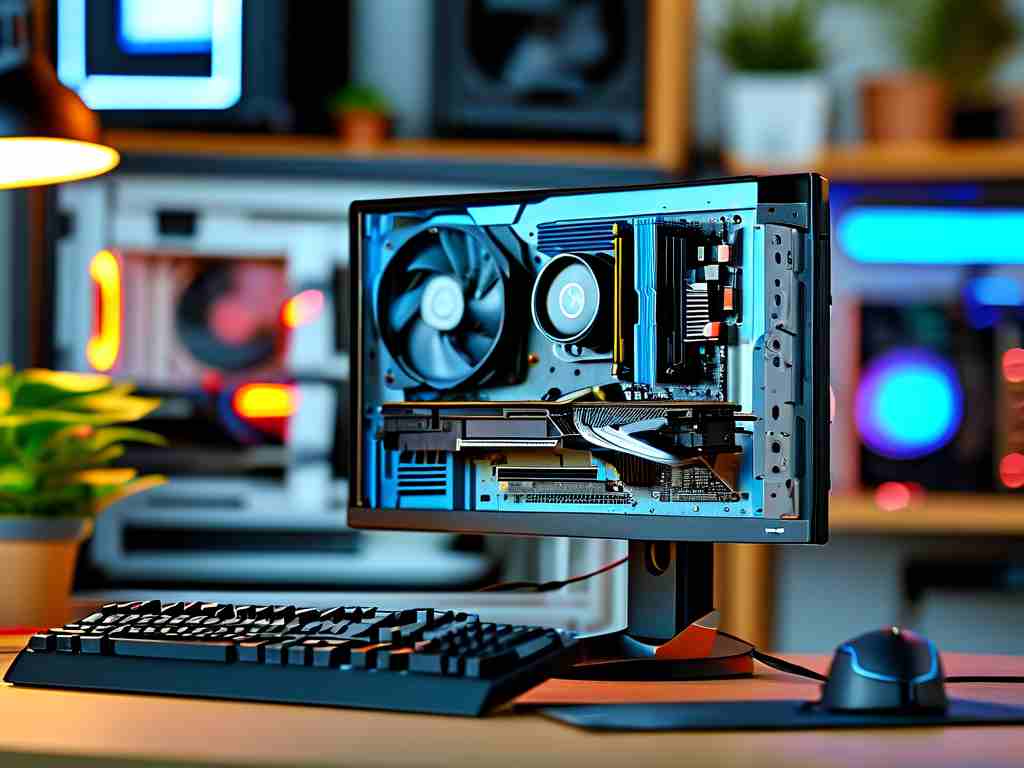For advanced users of programmable calculators like TI-Nspire CX II or HP Prime, expanding virtual memory storage can significantly enhance workflow efficiency. This guide demonstrates three practical methods to create and manage memory disks without hardware modifications, using built-in tools and scripting capabilities.

Understanding Memory Disk Fundamentals
Modern graphing calculators utilize flash memory partitions that emulate storage drives. By default, these devices allocate limited space for user files. Through terminal commands or script automation, users can repurpose unused system memory as temporary storage. The process varies across calculator operating systems – TI-BASIC implementations differ from HP PPL solutions.
Method 1: Terminal Allocation (TI Calculators)
Connect your device to a computer via USB and open the TI Connect CE software. Access the developer console using Ctrl+Shift+D and execute:
Send("mount -t tmpfs -o size=8M tmpfs /mnt/ramdisk")
This command creates an 8MB RAM disk visible in the file explorer. Adjust the size parameter according to your device's free memory. Remember this storage clears upon reboot – ideal for temporary computations.
Method 2: Script-Based Expansion (HP Prime)
Create a new program (Shift+1) and input this Pascal-like code:
EXPORT MemoryExpand()
BEGIN
FILESYSTEM_MOUNT("/dev/mmcblk0p3","/media/sdcard",0);
DISK_SPACE(3,1024*512);
END;
This script mounts additional storage space from unused system partitions. The second parameter in DISK_SPACE specifies allocation size in 512-byte blocks. Test with smaller values before maximizing capacity.
Optimization Techniques
- Memory Compression: Implement LZ4 compression algorithms through custom libraries to double effective storage
- Swap Files: Configure virtual memory using SD card space (for models with expandable storage)
- Cloud Integration: Sync with Google Drive via calculator Python modules (requires WiFi dongle)
Troubleshooting Common Issues
Users frequently encounter "Memory Allocation Failed" errors when exceeding available resources. Always check current memory usage through the [MEM] function before creating new partitions. For persistent storage needs, consider physical hardware upgrades – some Casio fx-CG50 models support microSD card expansion through modified firmware.
Advanced Applications
Engineering students have successfully implemented RAM disks for real-time data logging in physics experiments. One notable case involved storing 1,000+ sensor readings per second during mechanical stress tests. The temporary storage solution prevented data loss during power fluctuations while maintaining calculation performance.
Security Considerations
Memory disks don't inherit the calculator's main storage encryption. When handling sensitive data:
- Enable automatic shredding through [SHIFT]+[SETTINGS] → Security Options
- Implement file rotation policies that overwrite deleted sectors
- Avoid storing cryptographic keys in temporary partitions
Manufacturers like Texas Instruments have started implementing native memory expansion features in newer models. However, these software techniques remain valuable for custom implementations and legacy device support. Always back up critical data before modifying system partitions, as improper commands can lead to factory reset requirements.









